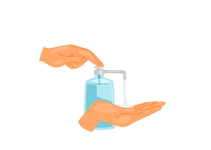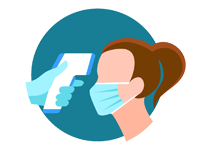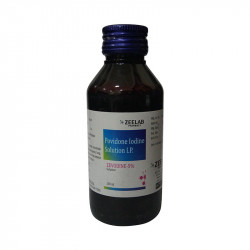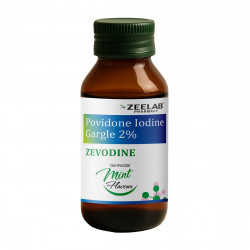Povidone Iodine
Povidone-iodine is a broad-spectrum antiseptic for its effectiveness in preventing and treating infections. By releasing iodine, it destroys bacteria, fungi, viruses, and protozoa, making it highly reliable for wound cleaning, skin preparation before surgery, and general disinfection. Its antimicrobial action reduces the risk of infection, supports faster healing, and ensures safety in first aid and post-surgical care. It is an important medicine that is reliable, useful in many ways, and effective at fighting infections.
Available Medicine for Povidone Iodine
Uses of Povidone Iodine
- Healing Wounds (Cuts, Burns, Scrapes): Cleans and disinfects minor cuts, burns, and scrapes. It works by killing harmful bacteria that cause infection. It supports faster recovery and healing of wounds and reduces the risk of complications.
- Treats Surgical Site Infections: Improve skin hygiene, and use it for skin cleaning during surgery. It prevents bacterial growth and reduces the risk of infection during or after an operation. It makes the skin healthier and helps it heal faster.
- Ease Oral Problems: Helps ease sore throats, gum issues, and mouth sores. It works by killing bacteria and germs and providing relief from discomfort. It is used in mouthwash or gargle to prevent infection and maintain oral hygiene.
- Treat and Prevent Vaginal Infections: Helps in reducing itching and irritation caused by bacteria or fungi. It inhibits recurring infections and improves skin health. It is used as a solution or suppository for treating and preventing vaginal infections.
How Povidone Iodine Works
Povidone Iodine releases iodine when applied to the skin, which kills bacteria, fungi, and viruses by destroying their cell structures. This prevents infections and promotes faster wound healing. Unlike pure iodine, it causes less irritation, making it suitable for regular antiseptic use.
Benefits of Povidone Iodine
- Effective against a wide range of microbes
- Promotes faster healing of wounds
- Prevents infection in minor cuts and burns
- Used in medical procedures for skin disinfection
- Available in different forms for easy application
How to Take Povidone Iodine
Povidone Iodine should be applied directly to the affected area after cleaning it properly. Use a sterile cotton pad or gauze for application. Do not cover large areas or use for prolonged periods without a doctor`s advice. Avoid applying inside deep wounds or burns without medical supervision.
Types of Dosage Available
- Povidone Iodine Ointment
- Povidone Iodine Solution
- Povidone Iodine Surgical Scrub
- Povidone Iodine Gargle for oral infections
Side Effects of Povidone Iodine
- Skin irritation or redness
- Allergic reactions like itching or swelling
- Delayed wound healing in some cases
- Thyroid disturbances with excessive use
- Burning sensation on sensitive skin
Safety Advice
- Do not use on large open wounds or severe burns
- Avoid prolonged use without medical supervision
- Not recommended for people with iodine allergy
- Use caution in patients with thyroid disorders
- Keep away from children and avoid eye contact
Frequently Asked Questions (FAQs)
Q: Can Povidone Iodine be used on open wounds?
A: Yes, it can be applied to minor open wounds but should not be used for deep or large wounds without medical advice.
Q: Is Povidone Iodine safe for daily use?
A: It can be used daily for minor cuts and wounds, but prolonged use should be avoided without a doctor` s recommendation.
Q: Can Povidone Iodine be used for fungal infections?
A: Yes, it has antifungal properties and is effective against certain fungal skin infections.
Q: Is Povidone Iodine safe for children?
A: It is generally safe for minor cuts, but excessive use should be avoided in children. Consult a doctor for proper guidance.
Q: Can I use Povidone Iodine on my face?
A: It is best to avoid applying it on the face unless directed by a doctor, as it may cause irritation on sensitive skin.
Download India's most affordable pharmacy app
- Compare with medicine prices
- Save upto 90% on your medicine bills

Temperature Controlled storage and delivery

Regular Sanitization

Disinfected Packaging













 Added!
Added!